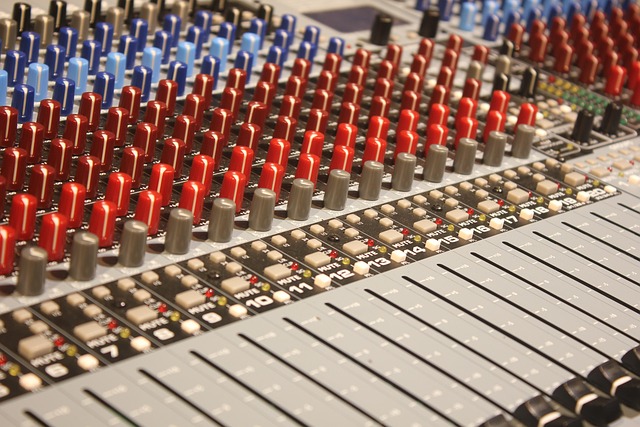Mastering Hertz: Boosting Audio Quality in Your Home Cinema Room
If you’re a film buff or a dedicated gamer, you know that the audio experience can make or break your enjoyment of a movie or game. The magic lies in the details—specifically, how sound travels and vibrates through your cinema room. In the world of audio, Hertz (Hz) is a key player in crafting that immersive experience that transports you right into the action.
The Importance of Hertz in Audio
Hertz, a unit of frequency, measures how many cycles per second a sound wave completes. In more straightforward terms, it relates to the pitch of the audio you hear. The human ear can generally detect frequencies ranging from about 20 Hz to 20,000 Hz. Understanding this range is essential when setting up your home cinema audio to ensure that you capture both the deep rumbles of a cinematic explosion and the delicate whispers of dialogue.
Balancing Bass and Treble
To achieve a truly captivating audio experience, it’s crucial to find the right balance between bass (low frequencies, typically below 250 Hz) and treble (high frequencies, above 2,000 Hz). A home cinema system that supports a wide frequency range can significantly enhance your watching experience. You’ll want to ensure that your subwoofer effectively handles frequencies as low as 20 Hz to deliver deep, resonant bass that you can feel in your bones. On the other hand, tweeters should handle the higher frequencies to paint the crisp, detailed sounds that bring your movie’s score to life.
Optimizing Your Cinema Room for Audio
The acoustics of your cinema room can dramatically influence audio quality. Consider these tips to create an environment that optimally utilizes sound waves:
- Room Shape: Rectangular rooms typically provide better sound distribution than square ones. If possible, design your setup in a way that avoids parallel walls to prevent sound reflection issues.
- Soft Furnishings: Adding carpets, curtains, and upholstery can help absorb sound, reducing echo and enhancing audio clarity.
- Speaker Placement: Position your speakers strategically to create a balanced soundstage. Front speakers should face the viewing area, while surround speakers should be slightly behind and above the listeners’ zone.
Choosing the Right Equipment
Investing in quality audio equipment is essential for maximizing performance in your home cinema. Look for speakers with a frequency response that covers the full range from low Hz to high. Additionally, consider receivers that support advanced audio formats, allowing for a rich sound experience. Brands that focus on high fidelity can make a significant difference, delivering sound that feels both powerful and nuanced.
Testing and Calibration
Once you have your equipment set up, it’s time for testing and calibration. Use sound test tracks that include a variety of frequencies and dynamics. This process allows you to fine-tune your settings, ensuring that you experience the full range of sound your cinema system has to offer. Many modern receivers come equipped with auto-calibration tools, making this task simpler than ever.
Understanding how Hertz (Hz) plays a role in your audio setup will enrich your movie nights and gaming sessions. A well-tuned home cinema room not only captures the subtleties of sound but also immerses you into the world of the film, making every experience unforgettable. The right acoustics and equipment can take you from passive viewer to an engaged participant in the cinematic journey, where every deeper sound and higher note contributes to an atmosphere that is simply breath-taking.


